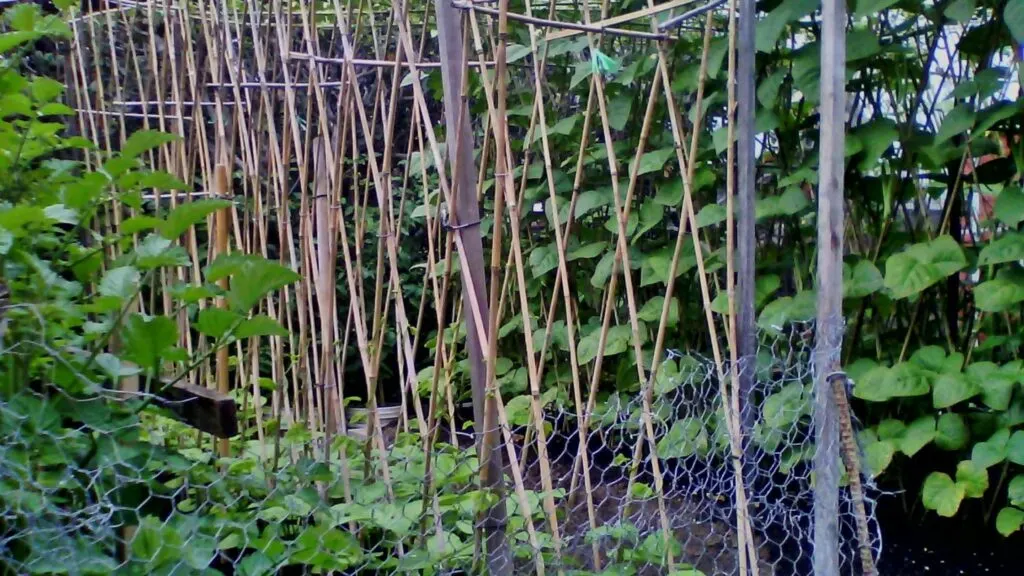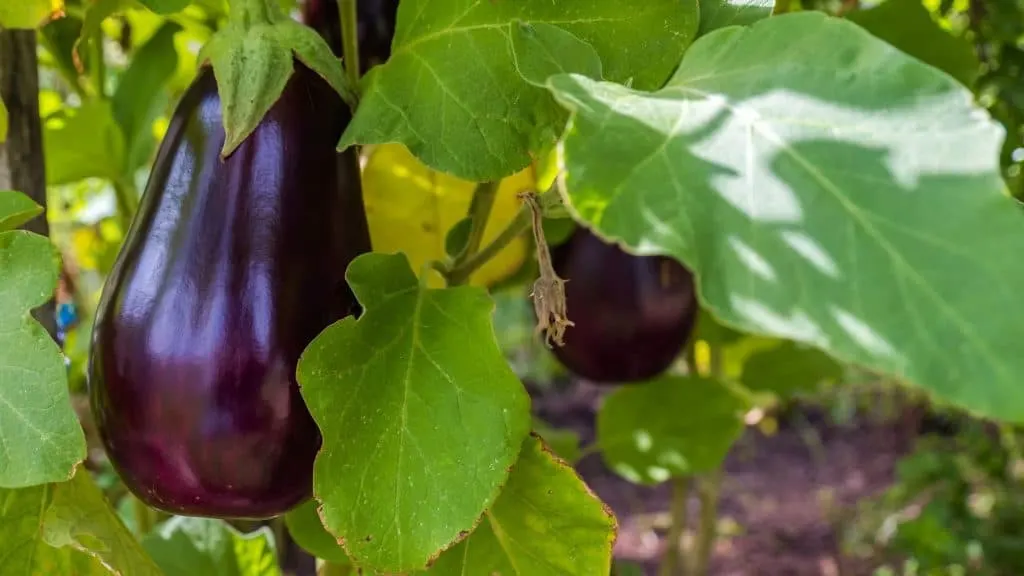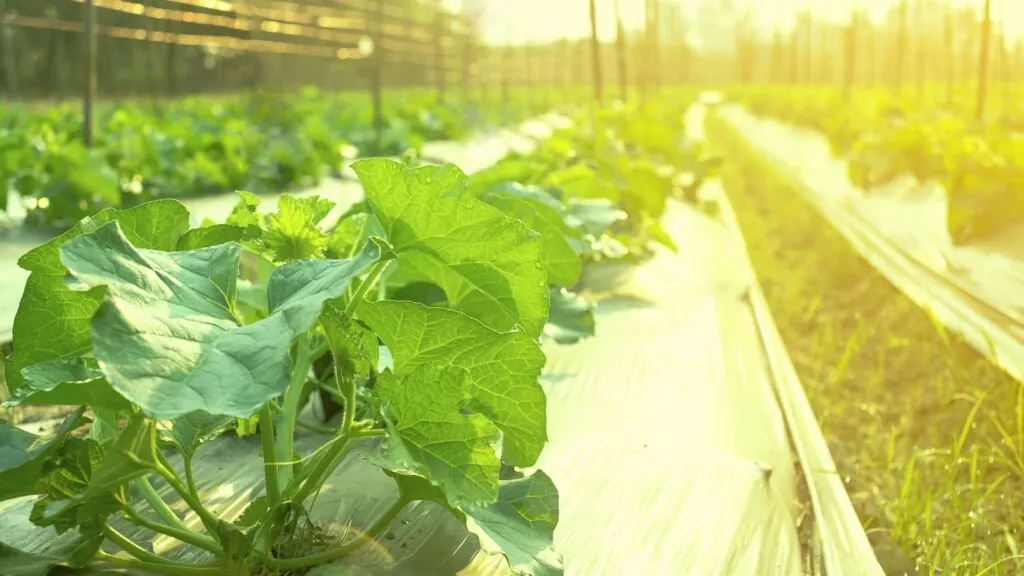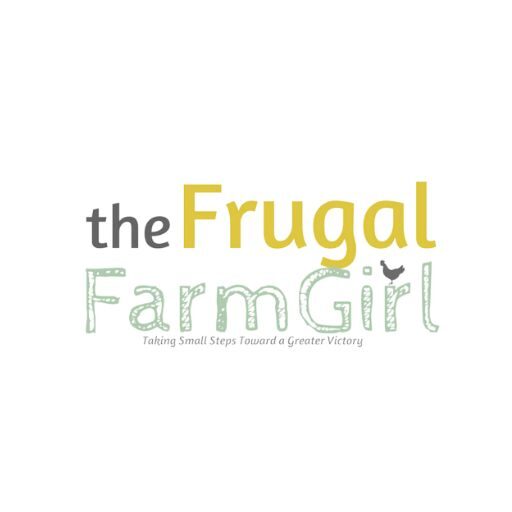Understanding how your plants grow is a crucial part of gardening. It’s easy to forget that certain plants will grow tall while others will grow all over the ground.
Knowing this helps your garden thrive. You don’t want to let tall plants overshadow your other vegetables in the garden.
In addition to water, the amount of sun your vegetable plants receive is a leading factor in whether or not they will survive and thrive.
Before you plant your garden, you will need to map out the hours of sunlight the spot receives to know whether to grow vegetables that need full or partial sun there.

But sometimes, you’ll pick a spot that gets plenty of natural sunlight and accidentally sabotage your crops by planting the vegetables that tower over the smaller ones and block out the sun they need.
When planning your crops, you have to look at the back of the seed pack to see how big each plant will grow. It also might be a determining factor to see how fast they will grow.
You might have a plant that grows tall but takes longer to grow and a smaller plant that goes to maturity and is ready to harvest before the shaded area is even a problem.
But the best way to plan is to organize the vegetable rows in an order where no tall plant can soak up the sun a more minor plant needs.

Growing up a Trellis
Some plants may not seem high but require a trellis or stake to grow on, which means they’ll climb and create a shade for other plants. This would include sugar snap peas, snow peas, cucumbers, beans, and tomatoes.

Do your plants grow upright?
Eggplants and pepper plants also grow upright to 3-4 feet. Going a bit smaller would be the plants that grow wider than tall, such as collards, kales, cabbages, etc. The smaller crops needing sunshine would be the root vegetables like beets and carrots and things low to the ground like lettuce.
When you arrange your vegetable garden, make sure each plant has enough sun to allow photosynthesis. The plants should be able to soak up 6-8 hours of full sun per day.
If you choose where the garden goes, try to plant in a space where the morning sun is providing the light for your crop and not the sweltering afternoon sun, which can wilt plants.

Sunlight Is Key
When you plan your garden, you have to ensure that aside from the space, soil, water, and nutrients your plant needs, you also have to consider how much sunlight it should get.
This should be clearly stated on the seeds that you purchase. For example, if you’re looking to grow tomatoes, it will likely say that it needs full sun to thrive.
That means your plant should get anywhere from 6-8 hours of sunlight per day.
Some vegetables will require less, such as partial or low sunlight. The partial sun would be 4-6 hours per day, and the lower sun would be 1-4 hours per day. I
f you’re growing indoors and using your window, you can supplement the sunlight your plant receives by using grow lights inside.
The sunlight corresponds in specific ways to the soil temperatures, too. So if you have a relatively shaded area and the required soil temperature is high, it may not work well when growing food.
How much shade do you have?
If you have a lot of shade, you might consider focusing on root and leaf vegetables, which can get by with less sunlight. However, most vegetables will need plenty of sun to thrive, including melons, squash, and cucumbers.
To estimate how much sun a spot gets in the area where you plan on growing food, you’ll want to track the sunlight to see how much it provides. The sun rises in the east and sets in the west.
It will be strongest between the hours of 10 A.M. and 4 P.M. Those six hours are crucial to developing a solid plant. So go outside, mark where the sun is exposing the ground during those hours, and plan in that area.
Watch out for areas that might accidentally get shaded by things like a tool shed or a fence surrounding your yard. For example, you might assume something is in a sunny spot, but when you track it, you see that the plant would suffer from a lack of sunlight in that area.

Container Gardens
Of course, suppose you’re using containers outdoors. In that case, you can always manually move the pots to correspond with the lighting situation, but this is cumbersome and only recommended for those who want a hands-on approach with a lot of involvement.
If you don’t have time to track the sun, gadgets like sunlight calculators that you can place in and around your yard will help you determine how much sunlight a specific spot gets throughout the day.
There are some vegetables and herbs you can grow in the shade, s you might not have to worry about taller plants blocking out any sunlight if you have any of those. Just make sure each plant gets the right amount of sun to produce a harvest for you.
So before you go out and buy all of those tall plants, make sure you are planting them in the right spot! You don’t want to overshadow your other vegetables with giant tomato plants.
For more gardening tips, check out some of our other articles below. Happy gardening!
I hope this helps you when starting a garden this year.
Check out more gardening tips and follow me on Tiktok for peeks at my gardens this year.
